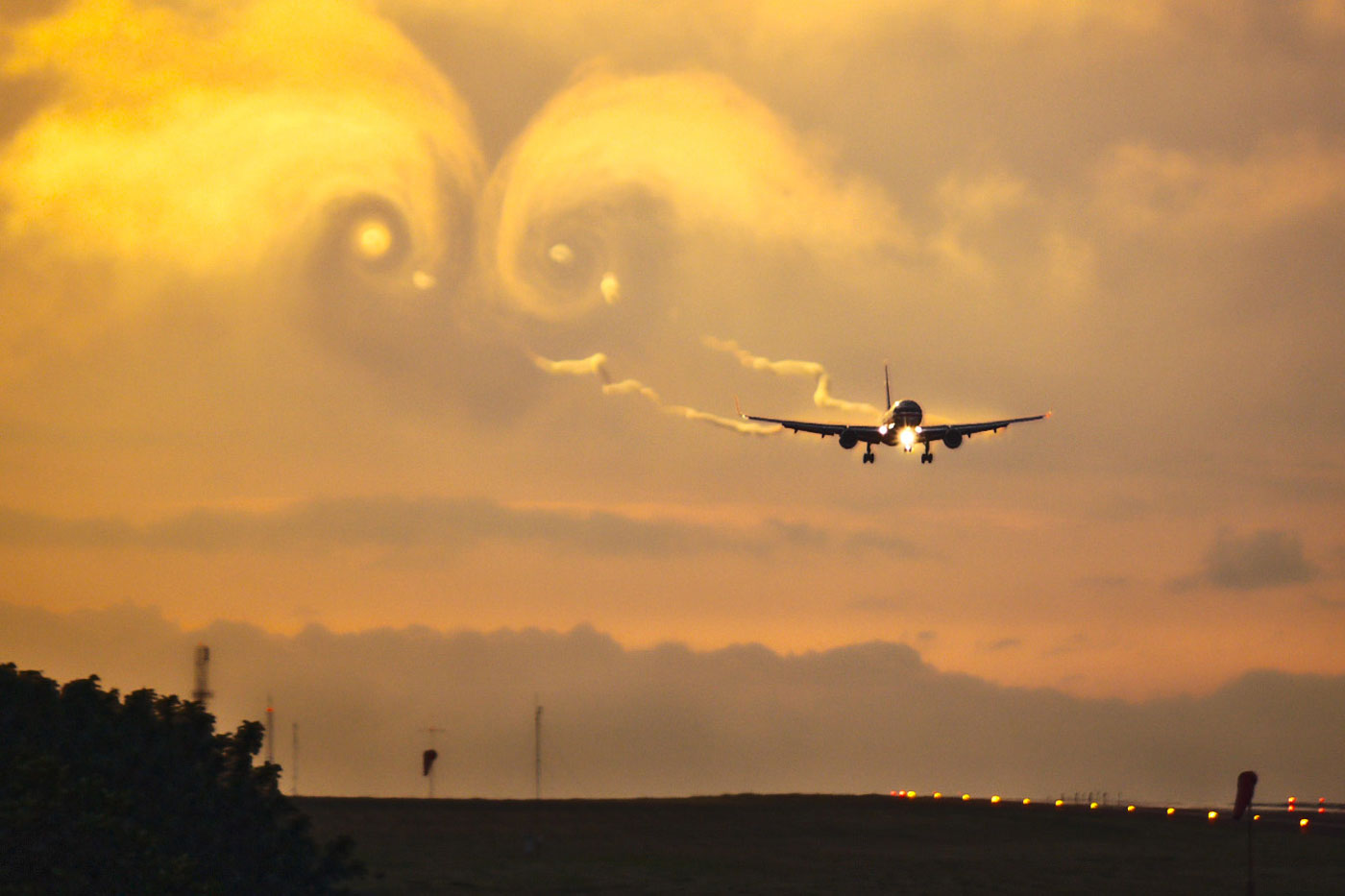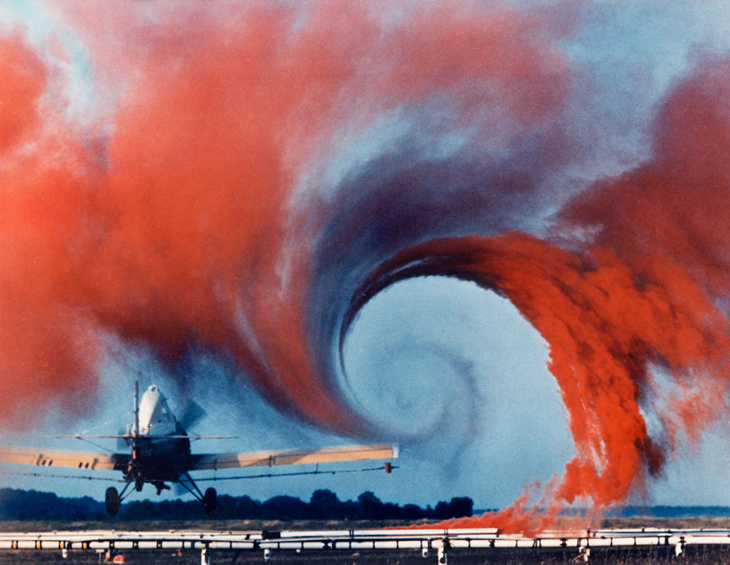- Login or Register
No account yet? Sign up
Which is goodJust_a_fan wrote:Some people already complain that the current cars sound like vacuum cleaners - with fans on them lifting dust and stones off the track they'll behave like vacuum cleaners too!
Ok, sorry I got it wrong.Just_a_fan wrote:I was just being pedantic - this is, or rather used to be, a technical forum. Some others on here may not know that assumptions and simplifications are used to make the calculations easier. They don't use these things in their fanboy threadsrjsa wrote: Anyway, any effect that the difference of density in the wake of a F1 car under mach .3 will make in downforce is negligible.
And that's exact the point of an assumption or approximation.
We are not talking P51s flying at mach 0.75.
You´re missing the point of the thread, it´s not reducing AOA to increase WS, but reducing wings to increase use of GE´sbhall II wrote:Yes, you can absolutely reduce the effects of "dirty air" by limiting a wing's AoA, but you will also dramatically reduce downforce unless the rules are also amended to allow huge wings to make up the difference.
Yes, but only by very hard manouvering around the rules.Just_a_fan wrote: ...
Ok, how do you do it? Please note, F1 cars are already in ground effect. They don't run the cambered undersides and skirts of the classic "ground effect cars" but they still make use of ground effect. Any wing placed within its own chord length of the ground will experience "ground effect" and the closer you run it - to a point - the more the effect increases the downforce produced.
Now, you could go back to tunnels and skirts but I'm not sure how else you could implement "ground effect" and have a hope of running close together.

That´d be true if teams have a target downforce, so if a bigger box would be allowed then they´d use less cambered wings, but I think it´s not the case, teams look for the highest posible downforce because that´s the main factor to be fast.Just_a_fan wrote:No, they use highly cambered wings because they have limited span available to them. The rules allow a relatively small box in which to fit the wing. In this situation, you make most downforce by making the chord as long as possible. In a restraining box, the only way to do that is to add camber. Lots of camber.Andres125sx wrote:F1 use high cambered wings because they only care about downforce, drag is a minor problem so they use what create the highest downforce, high cambered wings
Agree, I was not defending the use of flat surfaces, it was only an example to explain high cambered wings are not a must to create downforce, downforce can be created from many different waysJust_a_fan wrote:Yes, but the amount of downforce produced by a flat plate is not as much as a cambered wing, or rather it's not nearly as efficient. An angled flat plate will produce some quite spectacular edge vortices that will make the air behind very unpleasant.Actually downforce can be created even by a flat surface with an angle of attack, so you don´t even need an airfoil to create downforce
Yes, but not because of dirty air caused by the aero design, but because of the turbinesJust_a_fan wrote:Go back and think about the respective spans and areas of the wings of F1 cars and 747s. Also, remember that F1 cars need maximum downforce in corners - the point on the track when they are at their slowest. Look at a 747 when it is at its slowest speed (that's when it's landing). What do you see? You see big multiple element flaps that create, you guessed it, a highly cambered wing. The turbulence behind a landing 747 is so bad that following aircraft are kept several miles away.The speed wich F1 cars travel are anything but slow, for example a huge Boeing 747 and its 100 tons take off at around 230km/h, depending on the TOW (take off weight), so no the airspeed F1 cars travel are not slooooooooow as you say, they´re quite fast
That´s very similar to an idea I posted on the thread PZ opened to talk about fan cars whose fan only work when chasing a car. I said it could be better some sort of inverted DRS, it would be more of a DIS (downforce increase system). Instead of reducing drag in straights, it´d be better increasing downforce in corners so the trailing car can get close to the car in front before the straights, and then use slipstreamJust_a_fan wrote:The answer is, quite simply, to have active aero. Allow the car behind to adjust its wings to give it more downforce in the dirty air. This negates the effect of being close to the other car in corners and allows the driver to close up to the car ahead. Then it's down to balls, and late braking at the end of the next straight...bhall II wrote:I
This is where "dirty air" and performance differentiation converge. A trailing car will always tend to have worse aerodynamic efficiency than a car in "clean air." So, a trailing car will always tend to need a non-aerodynamic advantage in order to overtake, which the current formula doesn't allow. Hence, DRS and/or futility...

That's been tried before, the 2009 and the active front wings.Andres125sx wrote:That´s very similar to an idea I posted on the thread PZ opened to talk about fan cars whose fan only work when chasing a car. I said it could be better some sort of inverted DRS, it would be more of a DIS (downforce increase system). Instead of reducing drag in straights, it´d be better increasing downforce in corners so the trailing car can get close to the car in front before the straights, and then use slipstreamJust_a_fan wrote:The answer is, quite simply, to have active aero. Allow the car behind to adjust its wings to give it more downforce in the dirty air. This negates the effect of being close to the other car in corners and allows the driver to close up to the car ahead. Then it's down to balls, and late braking at the end of the next straight...bhall II wrote:I
This is where "dirty air" and performance differentiation converge. A trailing car will always tend to have worse aerodynamic efficiency than a car in "clean air." So, a trailing car will always tend to need a non-aerodynamic advantage in order to overtake, which the current formula doesn't allow. Hence, DRS and/or futility...

But I´d also prefer full active aero wich allow higher AOA when chasing a car to compensate dirty air
No, they'd design for a better L/D i.e. excellent downforce but with less drag. That way they're quick in the corners and the straights. There's only so much downforce you can use before you start to create issues for the driver and the tyres. Tyre grip increase is not linear with downforce - you can't just keep doubling downforce and expect a doubling of grip every time.Andres125sx wrote: So I don´t think with a bigger box they´d use less camber, they simply would create a lot more downforce using same camber on a bigger wing. The target is not an specific amount of downforce, but creating max posible downforce from slow speed without stalling at high speed. Well, maybe some stall at max speed is good to reduce drag but that´s a different debate.
The reason is "wake turbulence". On approach the engines are running at little more than idle because they are trading height and speed in such a way that both reduce as they approach touch down. The huge lift generated by flaps and angle of attack causes huge turbulence behind the aircraft.Yes, but not because of dirty air caused by the aero design, but because of the turbines



Yes, but not too hard. I never understood the reason they stopped that approach, it was a good idea, much better than DRSrjsa wrote:That's been tried before, the 2009 and the active front wings.
As you said previously, because with approach wing configuration they deploy both LE and TE, so the wing actually is a wing with lots of camber, same as F1.Just_a_fan wrote: The reason is "wake turbulence". On approach the engines are running at little more than idle because they are trading height and speed in such a way that both reduce as they approach touch down. The huge lift generated by flaps and angle of attack causes huge turbulence behind the aircraft.

Oh...Andres125sx wrote:You´re missing the point of the thread, it´s not reducing AOA to increase WS, but reducing wings to increase use of GE´sbhall II wrote:Yes, you can absolutely reduce the effects of "dirty air" by limiting a wing's AoA, but you will also dramatically reduce downforce unless the rules are also amended to allow huge wings to make up the difference.
It seems to me the point of the thread is persistently ignore responses that don't cater to an ill-considered view of reality until somehow a broad consensus can be reached that, yes, we can walk on water if we just try really, really hard.Andres125sx wrote:This lateral effect of generating the maximum posible downforce (dirty air) could be minimized if they´re forced to use different airfoils, period.
Yes it looks like that, the thread goes about GE, and you keep ignoring that arguing about wingsbhall II wrote:Oh...Andres125sx wrote:You´re missing the point of the thread, it´s not reducing AOA to increase WS, but reducing wings to increase use of GE´sbhall II wrote:Yes, you can absolutely reduce the effects of "dirty air" by limiting a wing's AoA, but you will also dramatically reduce downforce unless the rules are also amended to allow huge wings to make up the difference.
It seems to me the point of the thread is persistently ignore responses that don't cater to an ill-considered view of reality until somehow a broad consensus can be reached that, yes, we can walk on water if we just try really, really hard.Andres125sx wrote:This lateral effect of generating the maximum posible downforce (dirty air) could be minimized if they´re forced to use different airfoils, period.